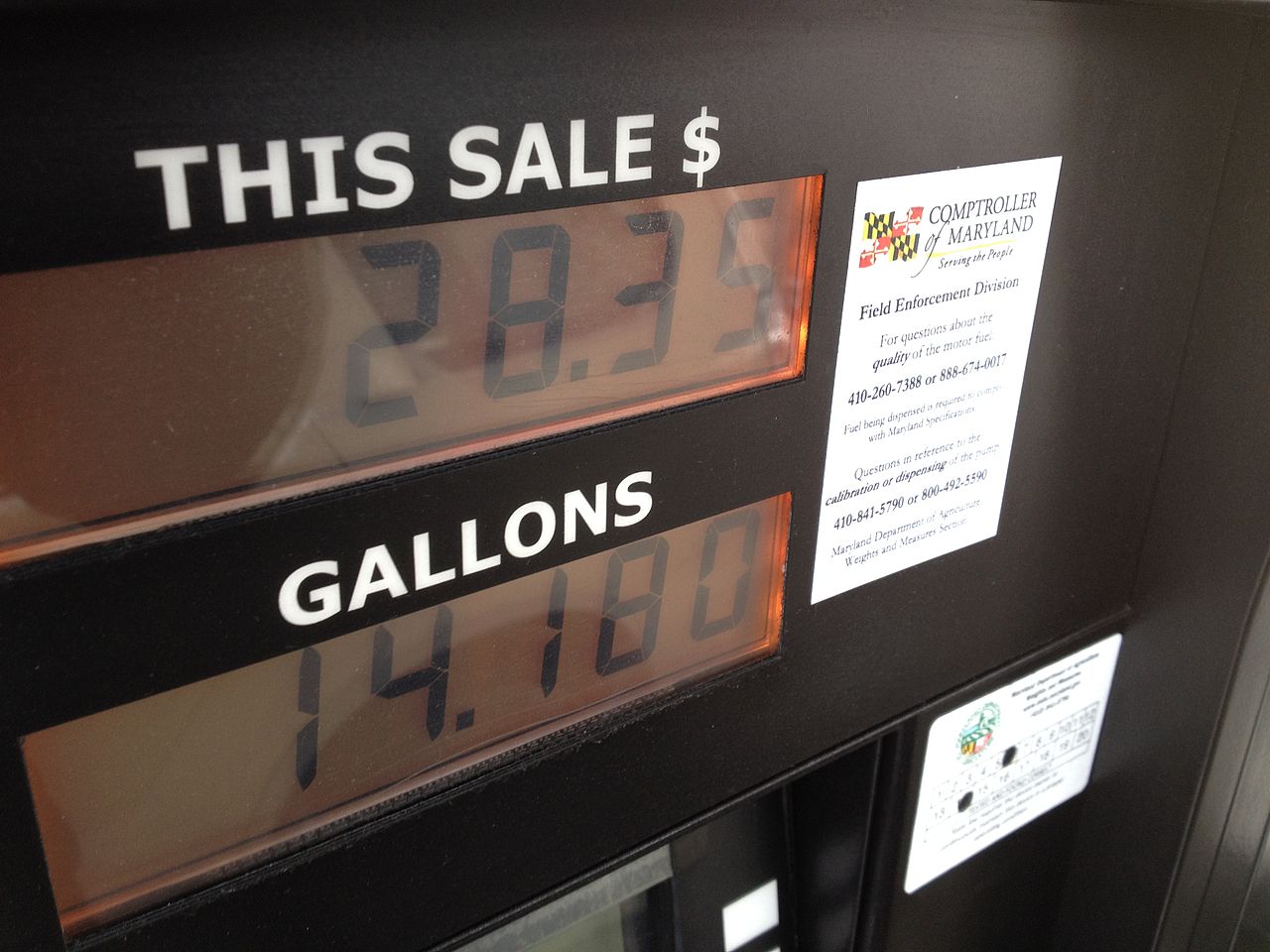WASHINGTON (Transatlantic Today) – In March, an inflation indicator regularly monitored by the Federal Reserve increased by 6.6% over the previous year, the largest 12-month increase in 4 decades and an additional indication that rising prices are putting pressure on household finances and the economy’s health.
Nonetheless, there were indicators in Friday’s Commerce Department data that inflation may be decreasing and maybe approaching a high, at least for the time being.
Moreover, despite growing prices, consumer spending increased quicker than inflation for the 3rd month in a row, indicating that higher costs haven’t affected Americans’ appetite to purchase. Consumer expenditure is shifting back to pleasures like traveling, entertainment, and dining out, as the pandemic’s economic distortions fade. According to ABC NEWS, this comes after a 2-year spike in pandemic spending on items like standing desks, patio furniture, and exercise bikes.
The shift to services helps to contain inflation since service costs rise more gradually than prices of goods.
So-called core prices grew 5.2% in March from a year ago, excluding the highly volatile energy and food sectors. This was the first time the 12-month figure has decreased since February 2021, before the price rise began, and it was marginally lower than the 5.3 percent increase in February. Core prices grew 0.3 percent month over month in February and March, the same as in January and February. It had previously climbed by a half-point for four months in a row.
Inflation increased by 0.9 percent in March compared to February, the largest one-month increase since 2005. Just in March, gas prices jumped 18 percent. However, they have dropped somewhat this month, indicating that inflation may be slowing down.
Last month, consumers raised their spending by 1.1 percent, which was higher than many experts predicted. Higher pricing at the petrol pump, the grocery store, and other outlets where Americans buy for essentials accounted for the majority of the increase. Even after factoring for inflation, spending increased by 0.2 percent.
Salary and pay increases are helping many customers cope with rising expenditures. Employee pay and benefits increased by 1.4 percent during the initial 3 months of the year, according to a separate Labor Department data released Friday. That was the greatest such gain in 2 decades of data.
However, the benefit is insufficient to compensate for the higher prices. Benefits and earnings have increased by 4.7 percent in the last year. They are, however, down 3.7 percent after accounting for inflation.
This decline explains why Americans are becoming more pessimistic about the economy. Inflation is now recognised as the most serious financial challenge facing their family, according to a Gallup poll published Thursday, up from less than one in ten respondents a year ago.
Consumers are keeping their purchasing habits by dipping into their additional money accumulated during the outbreak. In March, the savings rate dipped to 6.2 percent, the lowest since 2013.
Consumers may ultimately be restrained by a reduced savings pool, but this is unlikely to happen very soon.
Americans now have $2.1 trillion more in reserves than they had before COVID, with part of that money in the bank accounts of lower-income Americans. According to Bank of America data on checking and savings accounts, families earning less than $50,000 a year had an average of around $3,000 in their accounts in February, roughly twice the pre-pandemic level.
High inflation and rapid wage growth have prompted the Federal Reserve to announce a series of rate rises in the coming months. The Federal Reserve is expected to raise its standard short-term rate by a half-point in the following week, a larger rise than its usual quarter-point boost and the first since 2000.
Inflation is soaring outside of the United States as well, causing foreign central banks to hike interest rates or come closer to doing so. In April, inflation in the 19 nations that use the euro hit a new high of 7.5 percent, compared to a year ago.
In Europe, rising energy prices as a result of Russia’s attack on Ukraine are contributing more to inflation. Even though the region’s development has slowed due to the conflict, the European Central Bank may boost rates for the 1st time since the epidemic in July.
President Biden and Democrats running for Congress are facing a significant political danger from the melancholy that has grabbed popular sentiment as inflation has escalated. Biden has cited increased consumer spending and the labor market as examples of how his initiatives have benefited Americans. But that optimism was dashed on Thursday, when the administration revealed that the economy shrank at a 1.4 percent annual rate during the initial 3 months of this year.
One of the unknown variables confronting the economy this year is how customers will react to rising pricing and significantly higher interest rates from the Federal Reserve. According to Moody’s Analytics, an average family is spending $327 more every month on the identical items they purchased a year ago.


























